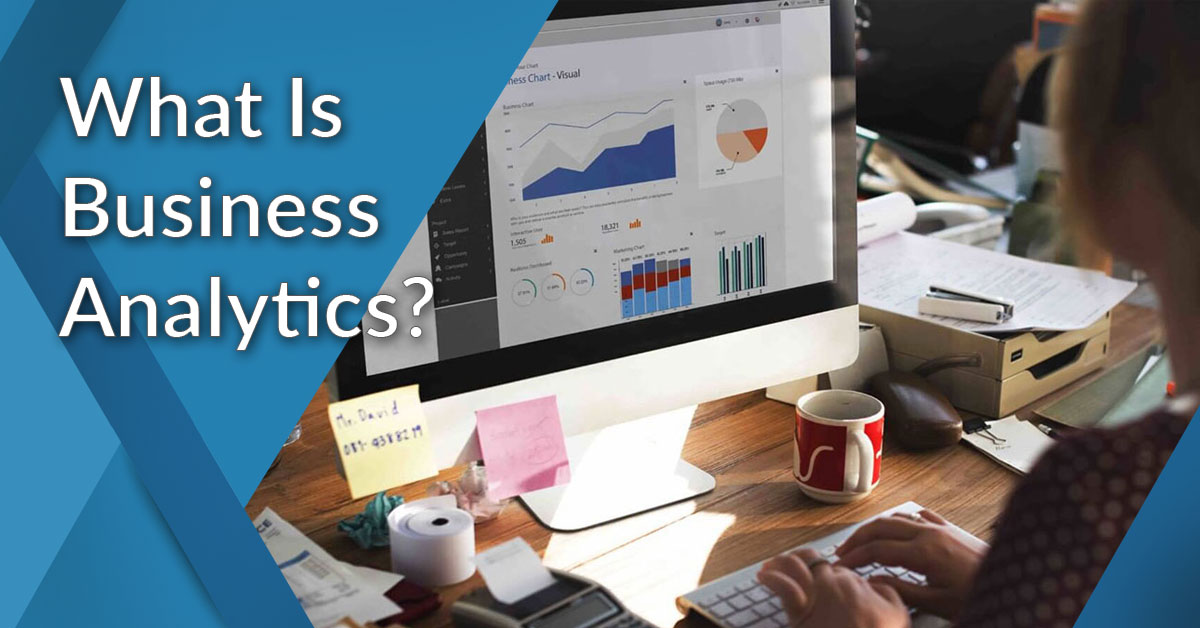What is advanced analytics?
Advanced analytics is a data analysis methodology that uses predictive modeling, machine learning algorithms, deep learning, business process automation and other statistical methods to analyze business information from a variety of data sources.
Advanced analytics uses data science beyond traditional business intelligence (BI) methods to predict patterns and estimate the likelihood of future events. This in turn can help an organization be more responsive and significantly increase its accuracy in decision-making.
Often used by data scientists, advanced analytics tools both combine and extend prescriptive analytics and predictive analytics while adding various options for enhanced visualization and predictive models.
Why is advanced analytics important?
Advanced analytics is a valuable resource to enterprises because it enables an organization to get greater functionality from its data assets, regardless of where the data is stored or what format it’s in. Advanced analytics also can help address some of the more complex business problems that traditional BI reporting cannot.
For example, to create a contextual marketing engine, a consumer packaged goods manufacturer might need to ask the following questions:
- When is a customer likely to exhaust their supply of an item?
- What time of the day or week are they most receptive to marketing advertisements?
- What level of profitability is achievable when marketing at that time?
- What price point are they most likely to purchase at?
By combining consumption models with historical data and artificial intelligence (AI), advanced analytics can help an organization determine precise answers to those questions.
Advanced analytics answers different questions and includes different components from business intelligence.
What are the benefits of advanced analytics?
In addition to enabling greater use of data assets and providing decision-makers with greater confidence in data accuracy, advanced analytics offers the following benefits:
- Accurate forecasting. Using advanced analytics can confirm or refute prediction and forecast models with a greater level of accuracy than traditional BI tools that still carry an element of uncertainty.
- Faster decision-making. With predictions that feature a high level of accuracy, executives can act more quickly, confident their business decisions will achieve the desired results and that favorable outcomes can be repeated.
- Deeper insight. Advanced analytics offers a deeper level of actionable insight from data, including customer preference, market trends and key business processes, which empowers stakeholders to make data-driven decisions that can directly affect their strategy.
- Improved risk management. The higher level of accuracy provided by advanced analytics predictions can help businesses reduce their risk of costly mistakes.
- Anticipate problems and opportunities. Advanced analytics uses statistical models to reveal potential problems on the business’ current trajectory, or identify new opportunities, so stakeholders can quickly change course and achieve better outcomes.
What are some advanced analytics techniques?
Advanced analytics can help provide organizations with a competitive advantage. Some commonly used advanced analytics techniques include the following:
- Data mining. This process sorts through large data sets to identify patterns and establish relationships to solve problems through data analysis.
- Sentiment analysis. This technique uses natural language processing, text analysis and biometrics to identify the emotional tone behind a body of text.
- Cluster analysis. This process matches pieces of unstructured data based on similarities found between them.
- Complex event processing. This technique uses technology to predict high-level events likely to result from specific sets of low-level factors.
- Big data analytics. This is the process of examining large volumes of structured, semi-structured and unstructured data to uncover information such as hidden patterns, correlations, market trends and customer preferences.
- Machine learning. The development of machine learning has dramatically increased the speed at which data can be processed and analyzed, facilitating disciplines like predictive analytics.
- Data visualization. This process of presenting data in graphical format makes data analysis and sharing more accessible across organizations.
What are some use cases for advanced analytics?
The following are just a few examples of business processes that can benefit from advanced analytics software.
- Marketing metrics. With advanced analytics, marketing organizations can create customized, targeted marketing campaigns and avoid wasting money on ineffective strategies. Analyzing future outcomes also can help an organization identify opportunities to up-sell and optimize the marketing funnel.
- Supply chain optimization. Advanced analytics can help an organization factor demand, cost fluctuations and changing consumer preferences to create an agile supply chain that can quickly adapt to changing market conditions.
- Risk management. By examining particular data sets and data streams in real time, advanced analytics can help data scientists identify patterns that may indicate high levels of risk, for example by identifying possible payment fraud or insurance liabilities.
- Business operations. Advanced analytics can help organizations streamline their operations and adapt them to better suit predictions on changing market conditions or trends and ultimately increase revenue.
Evaluating advanced analytics tools
There are a number of advanced analytics platforms available. Each offers different advantages, depending on the use case. These tools can be broken down into two categories: open source and proprietary.
Open source tools
Open source tools have become a go-to option for many data scientists doing machine learning and prescriptive analytics. They include programming languages, as well as computing environments, including Hadoop and Spark. Users typically say they like open source advanced analytics tools because they are generally inexpensive to operate, offer strong functionality and are backed by a user community that continually innovates the tools.
Proprietary tools
On the proprietary side, vendors including Microsoft, IBM and SAS Institute all offer advanced analytics tools. Most have required a deep technical background and understanding of mathematical techniques.
In recent years, however, a crop of self-service analytics tools has matured to make functionality more accessible to business users. Tableau, in particular, has become a common tool. While its functionality is more limited than deeper technical tools, it does enable users to conduct cluster analyses and other advanced analyses.
By Katie Terrell Hanna; Ed Burns; Emma Preslar
First Published Here || View Conference here
Share this content:









